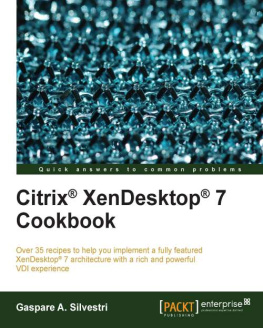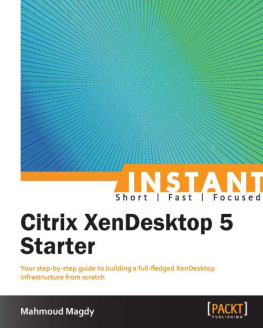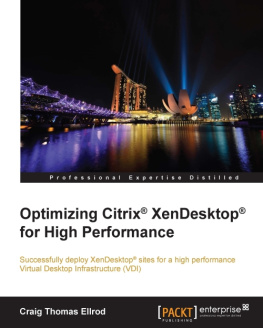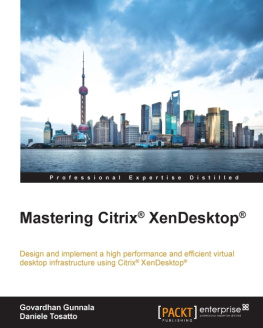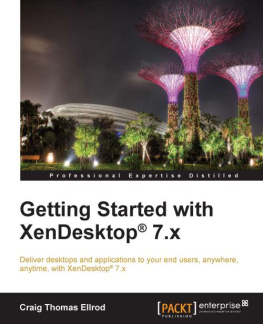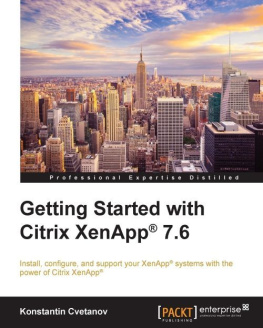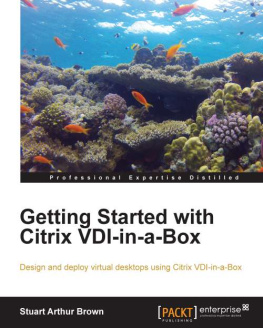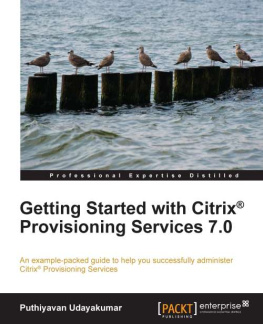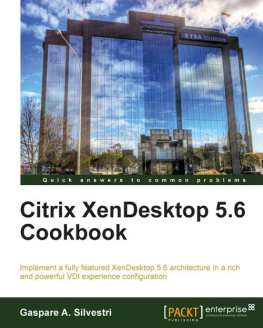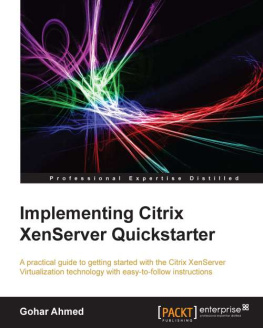Gareth R. James
Copyright
Acquiring Editor: Angelina Ward
Development Editor: Heather Scherer
Project Manager: Heather Tighe
Designer: Joanne Blank
Syngress is an imprint of Elsevier
30 Corporate Drive, Suite 400, Burlington, MA 01803, USA
2010 Elsevier Inc. All rights reserved.
No part of this publication may be reproduced or transmitted in any form or by any means, electronic or mechanical, including photocopying, recording, or any information storage and retrieval system, without permission in writing from the publisher. Details on how to seek permission, further information about the Publisher's permissions policies and our arrangements with organizations such as the Copyright Clearance Center and the Copyright Licensing Agency, can be found at our website: www.elsevier.com/permissions.
This book and the individual contributions contained in it are protected under copyright by the Publisher (other than as may be noted herein).
Notices
Knowledge and best practice in this field are constantly changing. As new research and experience broaden our understanding, changes in research methods or professional practices, may become necessary. Practitioners and researchers must always rely on their own experience and knowledge in evaluating and using any information or methods described herein. In using such information or methods they should be mindful of their own safety and the safety of others, including parties for whom they have a professional responsibility.
To the fullest extent of the law, neither the Publisher nor the authors, contributors, or editors, assume any liability for any injury and/or damage to persons or property as a matter of products liability, negligence or otherwise, or from any use or operation of any methods, products, instructions, or ideas contained in the material herein.
Library of Congress Cataloging-in-Publication Data
James, Gareth R.
Citrix XenDesktop implementation : a practical guide for IT professionals / Gareth R. James.
p. cm.
ISBN 978-1-59749-582-0
1. Computer networksRemote access. 2. Virtual computer systems. 3. Citrix XenDesktop. I. Title.
TK5105.597J356 2010
005.4'3dc22 2010026570
British Library Cataloguing-in-Publication Data
A catalogue record for this book is available from the British Library.
ISBN: 978-1-59749-582-0
For information on all Syngress publications
visit our website at www.syngress.com
Printed in the United States of America
10 11 12 13 14 10 9 8 7 6 5 4 3 2 1
Typeset by: diacriTech, Chennai, India

Dedication
I want to thank my absolutely gorgeous wife Charlotte, for her advice and direction. Without Charlotte this project would most likely never have been started and almost certainly never have been finished. I also want to thank my children Joel, Rosalie, Daniel and Sarahchildren really are God's richest blessing. And lastly to my father who was a family man, musician, writer, journalist, and activist in South Africa's darkest days.
Gareth James
Chapter 1 Introduction
Information in This Chapter
Desktop virtualization is a very broad topic, which can encompass various virtualization technologies. This book is aimed at specifically addressing how to implement a virtual desktop infrastructure (VDI) solution using Citrix XenDesktop.
This book is not meant as a definitive guide to any one of the technologies discussed in this book, but sets out to tie the components together in a simple, easy-to-grasp manner. We certainly hope it enables you, the reader, to accelerate through the discovery stage, straight through to implementing your own proof of concept or pilot of the technology.
Desktop Virtualization
Desktop virtualization has become a catch all phrase for various mechanisms that simplify the management of the user's desktop environment.
VDI is a concept that has been around for some years. The basic concept is to host the desktops in the datacenter rather than on the user's desk. This concept was pioneered by Hewlett-Packard about 5 years ago. The first iteration of the idea involved taking a rack of blade computers, and installing Windows XP on each blade; users then accessed their assigned blade using a standard Microsoft RDP (Remote Desktop Protocol) client. As a concept, it worked for some high-end requirements. The advent of server virtualization into the mainstream has meant that we can now host 30+ desktops on a single server, is a diagram of a basic VDI.

Figure 1.1 A basic VDI layout.
The Client Hypervisor is another desktop virtualization technology. The Client Hypervisor entails installing a hypervisor on a laptop or PC, which is used to host one or more desktop operating systems. This technology should not be confused with Type 2 hypervisors like virtual PC or VMware workstation that execute on top of a guest operating system. This differs from a server hypervisor insofar as it allows the guest operating system to be accessible from the device itself. This includes exposing peripherals like USB (Universal Serial Bus), LPT ports, and importantly the graphics processing unit direct to the guest operating system. The user can thus access the guest operating system (Windows 7, for example) as if it were locally installed. There are plans to dovetail this (currently beta) technology into VDI, such that you could access the same guest virtual machine (VM) using the VDI-hosted mechanism, or even check out the VM by dragging the whole VM virtual disk down to a laptop to make it available offline.
Depending on your point of view (or who you work for), Microsoft Remote Desktop Services (RDS) formerly called Terminal Services Citrix XenApp, Presentation Server, or MetaFrame is also regarded as a form of desktop virtualization. The difference between this method and VDI is that the operating system used is shared by multiple users, and that it is implemented on a Microsoft server rather than a Microsoft desktop operating system. Additionally, because the overhead of running the operating system is shared rather than requiring an individual instance per user, one typically achieves a higher user density using RDS over VDI. Most organizations would benefit from having a blend of both technologies, with RDS catering for minimal environment, task-based users, and VDI providing a richer environment for the users with higher resource requirements. Microsoft has included RDS CAL in its premium VDI suite, such that the user can connect to a hosted desktop operating system, or a server operating system using RDS, or indeed both if required. Citrix, likewise, both as part of desktop virtualization and their new XenDesktop 4 licensing model, allows the user to use a hosted desktop operating system (XenDesktop) and also to connect to a server desktop using their XenApp product, as part of the same licensing suite. For the sake of clarity, I will refer to the Citrix VDI solution as XenDesktop, and to the RDS (Terminal Services) solution as XenApp, although both products are included in the XenDesktop 4 license suite.







